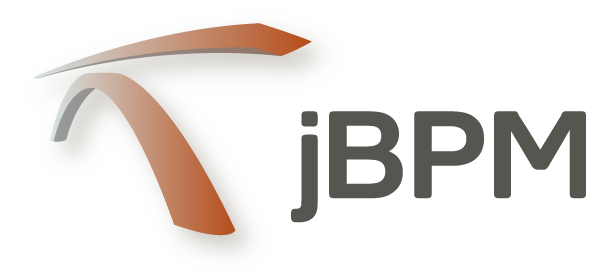jBPM is a toolkit for building business applications to help automate business processes and decisions.
jBPM originates from BPM (Business Process Management) but it has evolved to enable users to pick their own path in business automation. It provides various capabilities that simplify and externalize business logic into reusable assets such as cases, processes, decision tables and more.
jBPM can be used as standalone service or embedded in custom service. It does not mandate any of the frameworks to be used, it can be successfully used in

The core of jBPM is a light-weight, extensible workflow engine written in pure Java that allows you to execute business processes using the latest BPMN 2.0 specification. It can run in any Java environment, embedded in your application or as a service.
On top of the core engine, a lot of features and tools are offered to support business processes throughout their entire life cycle:
jBPM supports adaptive and dynamic processes that require flexibility to model complex, real-life situations that cannot easily be described using a rigid process. We bring control back to the end users by allowing them to control which parts of the process should be executed, to dynamically deviate from the process, etc.